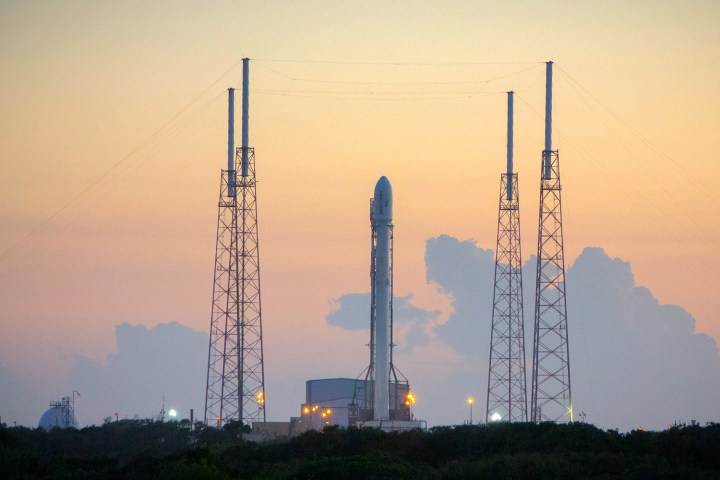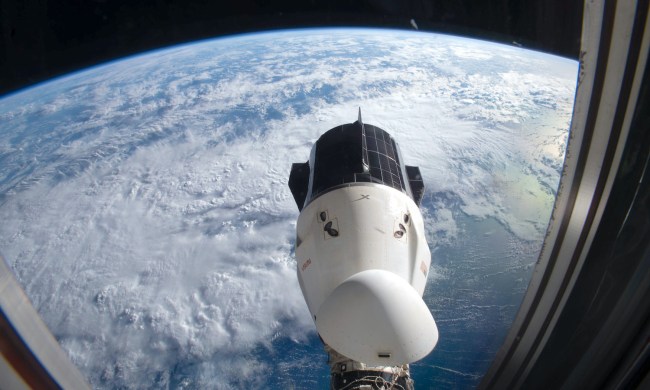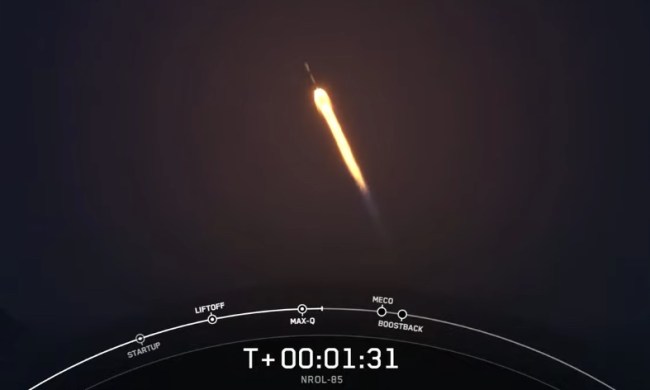
While the initial stages of the mission seemed to go plan, it now appears there was a serious problem with the deployment of the satellite, with multiple news reports suggesting it fell back to Earth after failing to separate from the spent upper stage of SpaceX’s Falcon 9 rocket. The first stage landed intact, as planned.
Although failing to clarify precisely what happened, SpaceX president Gwynne Shotwell insisted in a statement on Tuesday that SpaceX “did everything correctly” during the mysterious mission.
“After review of all data to date, Falcon 9 did everything correctly on Sunday night,” Shotwell said. “If we or others find otherwise based on further review, we will report it immediately. Due to the classified nature of the payload, no further comment is possible.”
A U.S. official confirmed to ABC News on Tuesday that the satellite failed to remain in orbit, while Bloomberg reported U.S. Strategic Command as saying it wasn’t tracking any new satellites, suggesting Zuma failed to properly deploy.
Mystery has always surrounded the mission, with no information ever offered about Zuma’s role prior to the launch, though the suggestion is it contained powerful surveillance technology.
SpaceX’s failure to confirm the mission as a success on Sunday left many wondering if everything had gone to plan, and on Monday the Wall Street Journal reported that House and Senate lawmakers had been informed of the “botched mission.”
If SpaceX did lose Zuma — a satellite estimated to be worth more than $1 billion — it would be a serious blow for the private space company. Headed by billionaire entrepreneur Elon Musk, SpaceX had been getting back on track with a string of successful launches and an increasingly busy mission schedule following a disaster in September 2016, when one of its rockets exploded on a Cape Canaveral launchpad during pre-mission preparations. Social networking giant Facebook lost its Amos-6 satellite in the explosion, which was set to play a role in the company’s internet-serving venture. SpaceX grounded its operations for several months while it worked out what went wrong, before resuming launches at the start of 2017.
Another disaster would tarnish its reputation as a reliable deliverer of satellites into orbit, and might prompt future clients to look to competing companies to take their equipment into space.
In response to inquiries about Sunday’s mission, Northrop Grumman would only say, “This is a classified mission. We cannot comment on classified missions.”
It’s still not entirely clear what precisely happened during last weekend’s mission, but SpaceX is insisting its own systems performed as expected.
[Updated to include SpaceX statement.]


